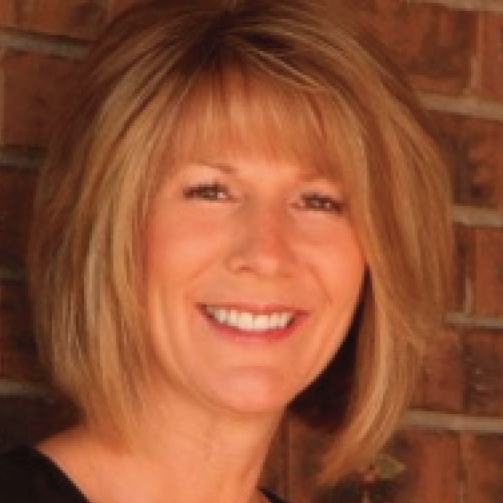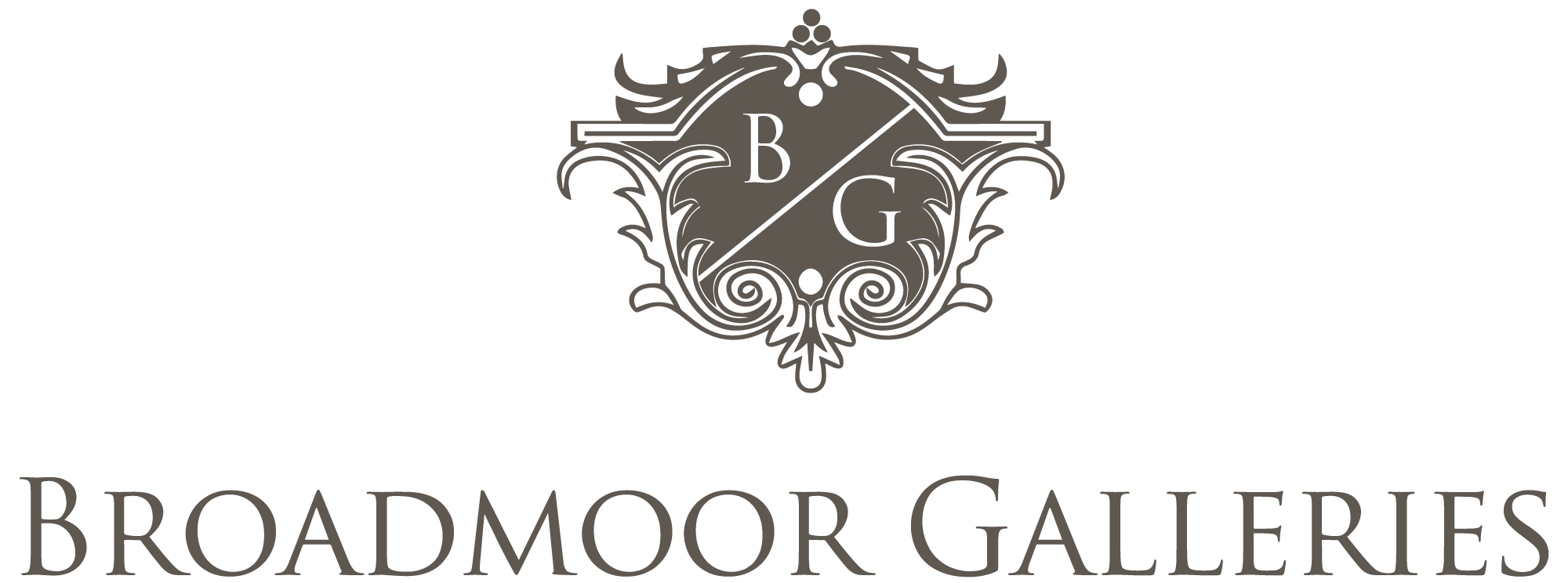BIOGRAPHY

Cheryl is a fourth-generation Colorado native, with a great appreciation of nature and the environment and the preservation of both. Born and raised at the foot of the Rocky Mountains and with parents that enjoyed fishing, hiking and camping, Cheryl was introduced at an early age to the beauty of the Colorado mountains and developed her own love for the outdoors that influences her artwork today. Working as a “plein-air” (on location) and studio landscape artist, Cheryl’s inspiration comes from the wide-open spaces of Colorado, New Mexico or somewhere as far away as a rolling European hillside.
She states “Painting en plein-air, (her favorite way to work), is always a challenge, never-ever routine! The changing light and weather conditions create a sense of urgency that translates to a spontaneous and loose interpretation of the scene, something that is very difficult to achieve in the studio. Besides, it’s a great excuse to be outdoors!”
She works mainly in oil but loves to work in watercolor as well. Each medium has it’s own characteristics which when using clean vivid colors and as few brush strokes as possible makes for a loose impressionistic finished work of art. She states, “Keeping the painting fresh, not over-worked is part of the fun and challenge of a good artist, which is always the goal”.
“I want the viewer to be able to feel what I felt when painting the piece….. feel the warm sun, or the cool breeze, or whatever else is going on nearby and therefore capture the essence of the scene for themselves.”
Cheryl’s paintings have been presented in prestigious national shows such as The American Impressionist Society, Oil Painters of America, Gilcrease Museum, Customs House Museum, Windows to the Divine and the Governor’s Invitational to name a few.
Cheryl studied fine art and design at The Rocky Mountain College of Art and at the Colorado
Institute of Art. She also studied with well-known artists, Scott Christensen, Kim English, Quang Ho, Ken Bachaus and Michael Workman.
She is a current member of Oil Painters of America and The Art Students League of Denver. She is also a Signature member and Vice President of the American Impressionist Society and a signature member of Plein Air Artists of Colorado. She has won numerous awards and is currently in Corporate as well as Private collections around the world.









